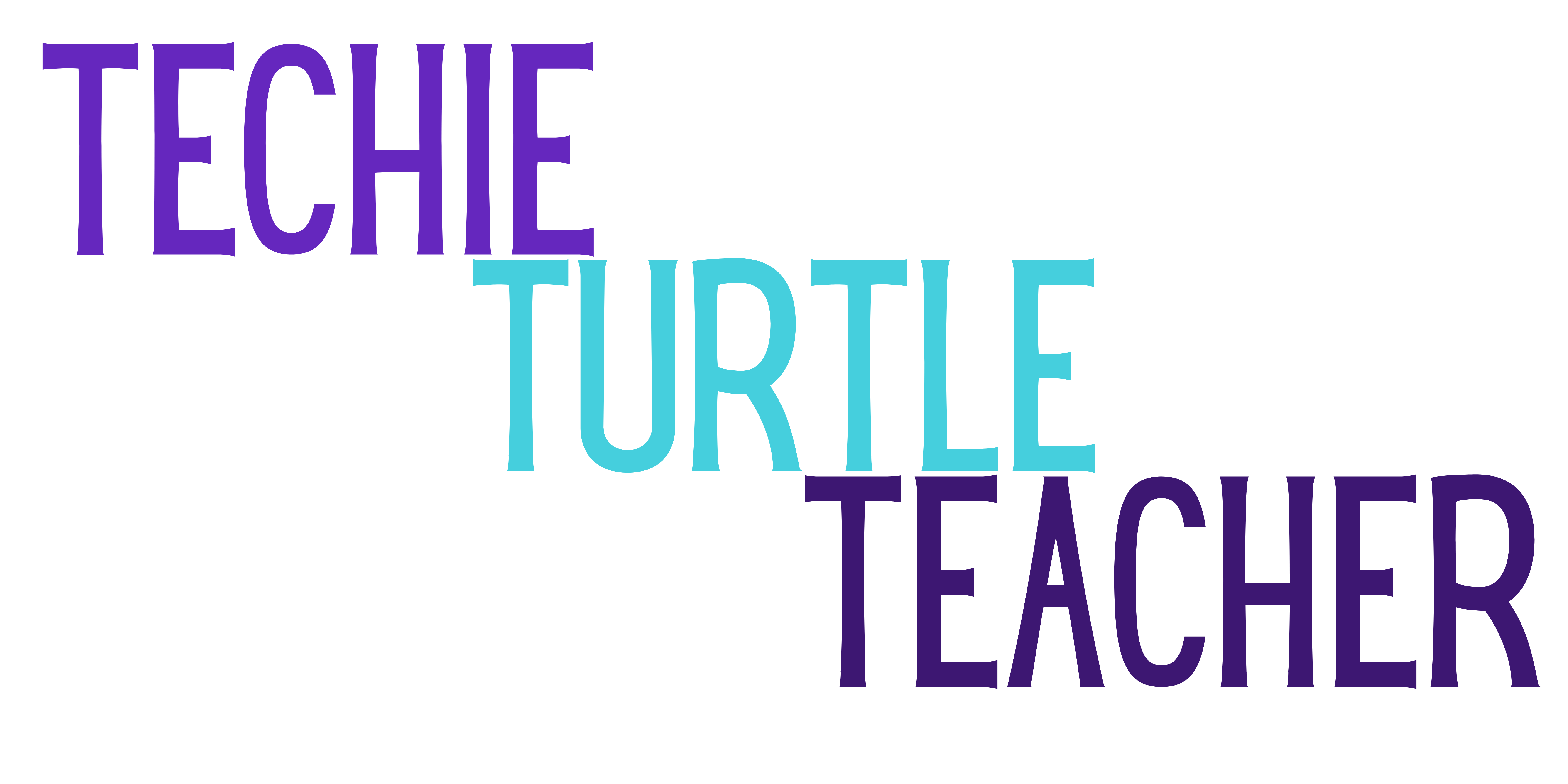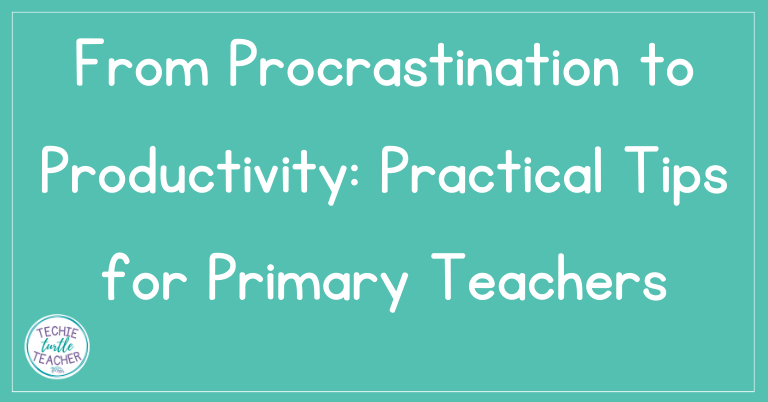Summer is a time for teachers to relax and recharge after a busy school year.
It also provides the perfect opportunity to reflect on the past school year and gain valuable insights for improving student engagement.
Reflecting on the challenges and successes while they are still fresh can be especially beneficial.
One common challenge in K-2 math classrooms is keeping young students on task and engaged.
Keep reading to learn about a few strategies that can help enhance student engagement and create a more focused learning environment.
1. Differentiated Work
Every student is unique, with different needs and learning styles.
Differentiated work is a powerful strategy to keep students engaged by providing activities that cater to varying levels of ability and interest.
Offering students choices in how they complete tasks empowers them and increases their interest in learning.
When students can select activities that align with their learning styles and levels, they are more likely to stay focused and engaged.
Choice boards are an excellent tool for differentiation, providing a range of activities that students can choose from based on their preferences and needs.
Differentiation isn’t just about offering different tasks; it’s also about varying the methods of instruction.
For example, some students may thrive with visual aids, while others benefit from hands-on activities.
Integrating technology, such as educational apps and interactive whiteboards, can also cater to diverse learning styles and keep students engaged.
To support you in implementing differentiated instruction in your classroom, you can download a free choice board below.
This resource offers a variety of activities designed to keep students engaged and on task, making it easier to incorporate differentiation into the classroom routine.
2. Clear Routines and Expectations
Establishing clear routines and expectations from the beginning of the school year is crucial for maintaining a well-organized and focused classroom.
Young students thrive on structure, and knowing what to expect helps them feel secure and attentive.
Spending time at the start of the year to practice these routines can set a positive tone for the rest of the school year.
Displaying charts and posters with classroom rules and expectations can serve as visual reminders for students, reducing the need for constant verbal reminders.
When students are familiar with the routines and expectations, it significantly reduces off-task behavior and helps maintain a productive learning environment.
In addition to visual aids, incorporating routine-building activities can make a big difference.
Morning meetings, for example, can help students understand the day’s agenda and mentally prepare for the tasks ahead.
Consistent transition cues, such as a specific song or sound, can signal the end of one activity and the beginning of another, helping students move smoothly through their day.
3. Utilizing Small Group Instruction
Small group instruction is an effective way to keep young students engaged by providing more personalized attention and tailored teaching.
In a small group setting, students are more likely to stay on task because the instruction is more interactive and engaging.
Younger students often have shorter attention spans, and small group instruction offers the necessary variety to keep them interested.
Rotating through different activities and tasks keeps their attention and enthusiasm for learning high.
Additionally, small group instruction fosters a sense of community and collaboration among students, helping them develop important social skills while staying engaged in their learning.
Furthermore, small group instruction allows teachers to address specific learning needs more effectively.
For instance, a group struggling with a particular math concept can receive targeted instruction.
This level of personalization can significantly enhance student learning outcomes.
Final Thoughts on Student Engagement
As the summer break continues, reflecting on the past school year can provide valuable insights for the upcoming one.
Implementing strategies like differentiated work, clear routines and expectations, and small group instruction can significantly enhance student engagement in K-2 classrooms.
To support these efforts, you can download a free choice board designed to help keep students engaged and on task.
Incorporating these strategies into classroom planning can set the stage for a successful and engaging school year.
Creating a supportive and engaging learning environment is an ongoing process.
By reflecting on past experiences and incorporating effective strategies, teachers can look forward to a productive and fulfilling school year ahead.
Additionally, connecting with fellow educators to share tips and strategies can provide new ideas and foster a sense of community and support.
Taking the time now to reflect and plan can make all the difference.
The effort put into preparing for the new school year will pay off in creating a classroom where students are excited to learn and eager to engage.
Here’s to a successful, rewarding, and engaging year ahead!
Pin on Pinterest for later




